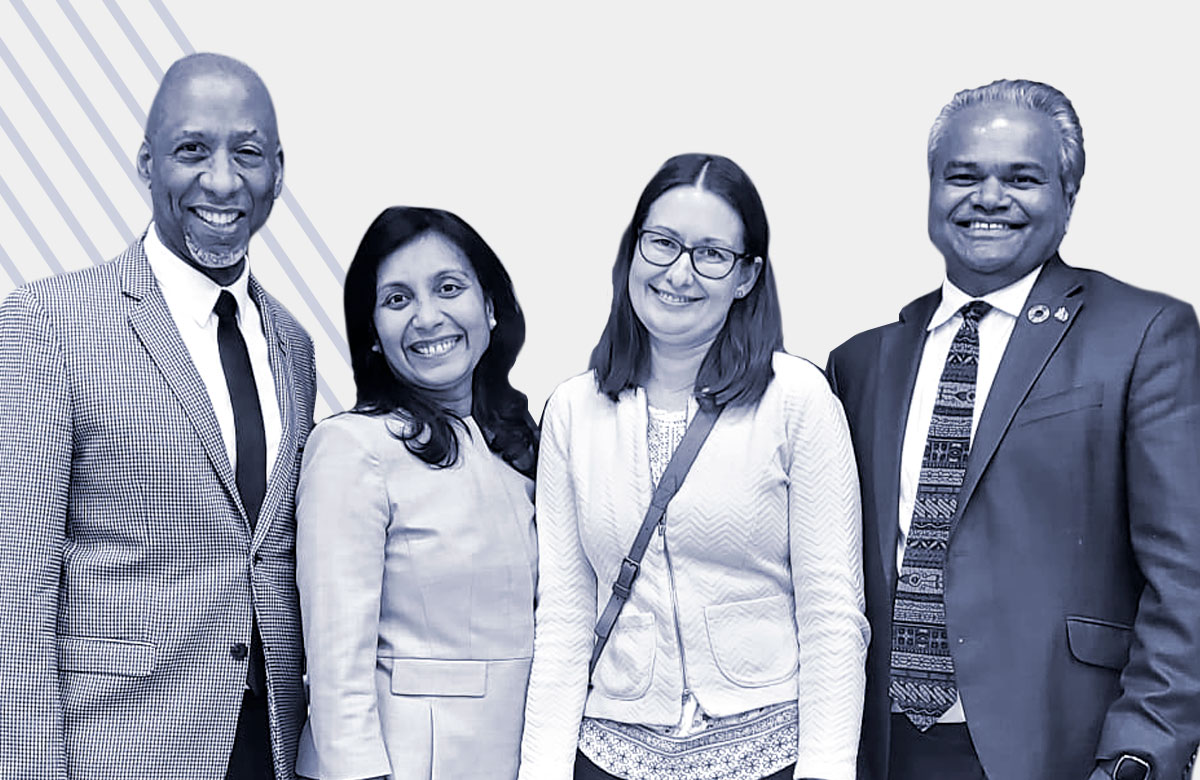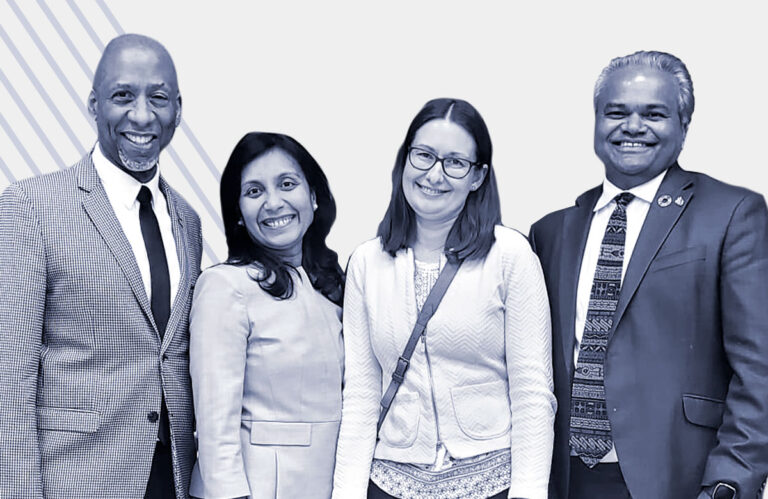
Drexel and Howard University in Washington, D.C., are teaming up on a cross-university exchange program and workshop series to design low-carbon environments, made possible by Howard receiving the U.S. Department of Energy’s inaugural Historically Black Colleges and Universities Clean Energy Education Prize Partnerships Track.
Students and faculty in different schools at each university will collaborate through experiential learning activities as part of the Howard/Drexel University Partnership to Foster Diverse Leadership in Clean and Just Energy Transition.
The project will “help motivate students to pursue careers in clean energy and develop innovative students for today’s and tomorrow’s energy challenges,” says Carlton Waterhouse, a professor at Howard’s School of Law and director of its Environmental and Climate Justice Center.
Students are gaining hands-on experience with building decarbonization, clean energy and smart building resiliency and electrification at workshops that began fall 2024. To structure the workshops and collaboration, Antonio Martinez-Molina, an associate professor in the Antoinette Westphal College of Media Arts & Design and in Drexel’s College of Engineering, is collaborating with Nea Maloo, assistant professor of clean energy and architectural building technology in Howard’s College of Engineering and Architecture.
The joint project will “help motivate students to pursue careers in clean energy and develop innovative students for today’s and tomorrow’s energy challenges.” — Carlton Waterhouse
The collaboration arose when Mathy Stanislaus, vice provost and inaugural executive director of Drexel’s Environmental Collaboratory, got a Department of Energy grant to address energy justice in North Philadelphia and reached out to Waterhouse, who like him had formerly served as an assistant administrator for the Environmental Protection Agency’s Office of Land & Emergency Management.
“When I look at the landscape of universities educating in [the] energy space, no one is centering that on justice and climate justice,” Stanislaus says. “It’s a unique opportunity to build out a unique curriculum that I believe all those would look at as a model.”


